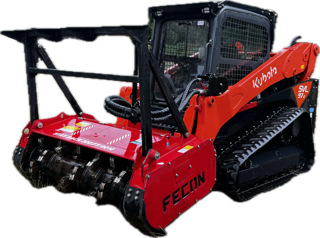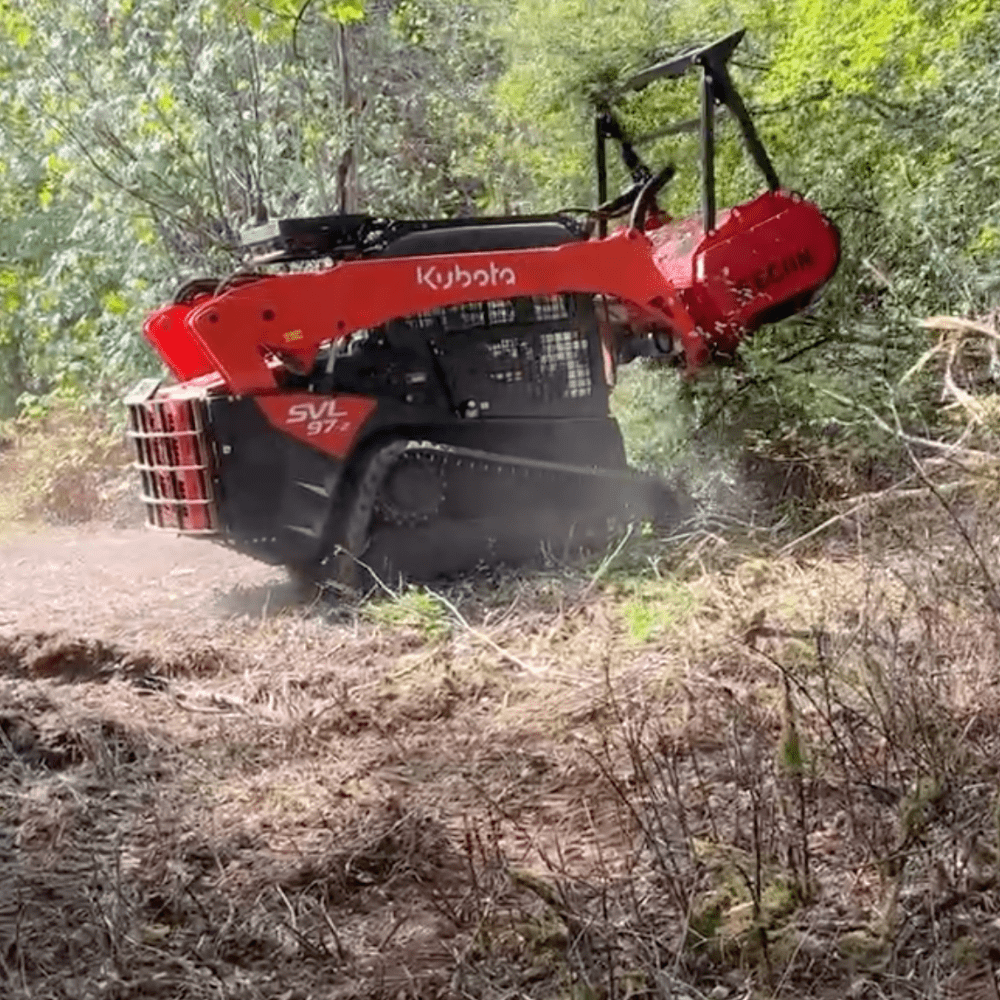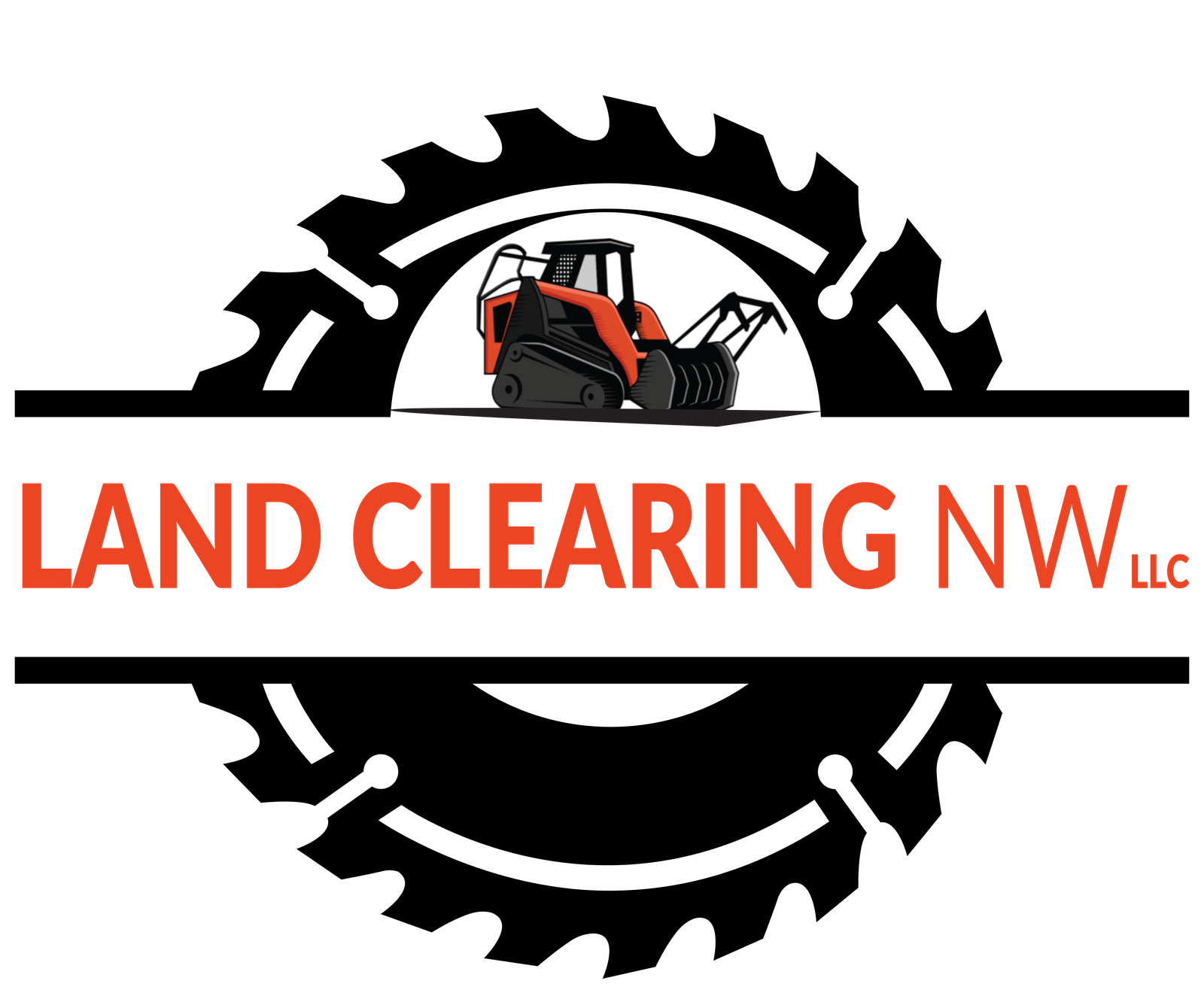Gravel Installation Services Near You

Get a free estimate

Services
Gravel Installation Services Near You
Let’s get started with a punchy opener to draw people in:
Gravel installation isn’t just about dumping rocks and calling it a day.
Whether you’re fixing a muddy driveway, building a new path, or improving drainage, getting it right from the start saves you time, money, and headaches.
The problem? Many DIY jobs end up uneven, washed out, or riddled with weeds because the prep work gets skipped or the wrong type of gravel is used.
That’s where working with pros who understand your soil, slope, and usage really matters.
If you’re tired of sinking tires, standing water, or trails that turn to mush, gravel might be the low-cost, low-maintenance solution you’ve been hunting for.
In this guide, we’ll break down everything you need to know about gravel installation—from picking the right type to the hidden prep steps most people miss.
We’ll also show how local services like Land Clearing NW make the whole process simple and clean.
Let’s talk gravel, the right way.
Gravel Installation Done Right: Why It Matters More Than You Think
Gravel installation sounds simple—until it’s not.
People often think it’s just about dropping gravel on dirt, maybe raking it flat.
But if you’ve ever seen gravel wash away after a storm or watched weeds pop through in a month, you already know better.
Gravel’s strength is in the prep.
If the base isn’t solid or the wrong type of gravel is used, your driveway, walkway, or drainage system is going to fail—fast.
That’s why hiring a team that knows what they’re doing, like the crew at Land Clearing NW, can save you thousands over time.
Let’s walk through what makes gravel installation work, and how to avoid the mess that catches most people off guard.
What Gravel Installation Can Be Used For
Gravel isn’t just for driveways.
There are a lot of reasons people call for gravel installation in Clark County and beyond:
-
Driveways: Durable, easy to maintain, and budget-friendly.
-
Walking paths: A natural, non-slip surface that blends well with the outdoors.
-
Drainage solutions: Helps move water away from structures and soggy areas.
-
Base layers: Under pavers, patios, or other hardscaping.
-
Erosion control: Especially on slopes or near foundations.
Gravel’s flexibility is its strength—but only when it’s installed right.
Step One: Choosing the Right Gravel for the Job
Not all gravel is the same.
There’s a reason pros like Land Clearing NW keep several types on hand.
Here’s a breakdown of popular options and when to use them:
Crushed Rock / Quarry Rock
Perfect for driveways or road bases.
It packs tightly and doesn’t shift much.
Pea Gravel
Rounded, smaller stones.
Great for paths or decorative areas, but not ideal where you need compaction.
Drain Rock
Larger, angular stones with space between them.
Best for French drains, dry creek beds, and areas needing water flow.
3/4″ Minus
Popular in driveways.
It includes rock dust, which helps it compact and lock in place.
Picking the wrong gravel can lead to drainage issues, a bumpy surface, or serious maintenance headaches.
What Most People Get Wrong About Gravel Installation
Here’s the truth:
Most gravel fails because of bad prep.
Too many DIYers skip the base layer or don’t grade the area properly.
Here are some of the most common mistakes:
-
Skipping weed barrier fabric
-
Not compacting the sub-base
-
No slope for drainage
-
Using gravel that doesn’t lock in place
-
Installing too thin of a layer
At Land Clearing NW, every gravel job starts with site prep.
They might recommend brush clearing, stump removal, or even minor grading to make sure the area is ready to handle the load.
For overgrown lots, their brush clearing or blackberry removal services can clear the way.
Gravel Driveways: A Smart Investment for Rural and Suburban Areas
In places like Battle Ground, Ridgefield, and Camas, gravel driveways make a lot of sense.
They hold up against rain, snow, and traffic without turning into a muddy mess.
And with forestry mulching, clearing the way for installation is faster and cleaner than traditional methods.
Local cities like Battle Ground or Ridgefield also have permit and code requirements for driveways and drainage, which pros know how to navigate.
If you’re unsure, check local rules or call Land Clearing NW—they’ve done this hundreds of times.
Step-by-Step: How a Pro Installs Gravel the Right Way
Want to know what a proper gravel install actually looks like?
Here’s how the team at Land Clearing NW handles it:
1. Site Clearing and Prep
-
Remove brush, stumps, and roots
-
Grade the area for drainage
-
Compact the soil or add a sub-base if needed
2. Weed Barrier Installation
-
Stops future growth
-
Reduces gravel sinkage
3. Gravel Layering
-
First layer: 3-4 inches of compactable base rock
-
Second layer: Finer gravel or decorative top layer
-
Compact each layer with a plate compactor
4. Edge Control
-
Optional edging to keep gravel in place
-
Helps maintain shape, especially on paths
5. Final Grade and Slope Check
-
Ensures water runoff
-
Prevents puddles and erosion
Field and Pasture Gravel Applications
Out in rural Clark County, gravel isn’t just for driveways.
It’s used to stabilize fields and pastures too.
Gravel access roads or feeding areas can help keep livestock out of the mud and protect your investment in fencing or equipment.
You’ll often see gravel paths connecting barns, water tanks, and utility areas—especially in wet months.
Common Questions About Gravel Installation
How much gravel do I need?
A standard rule is one ton covers about 100 square feet at 2 inches deep.
But slope, traffic, and usage all affect this. A site visit gives the most accurate estimate.
Do I need permits?
Usually not for basic gravel driveways.
But areas like Clark County may require erosion control if large grading is involved. Always check local regs.
How long does it take?
A small driveway or path can be done in a day or two.
Larger projects might take longer if clearing or grading is involved.
What maintenance is required?
Minimal.
You may need to top off gravel every couple of years or recompact after big storms.
Can gravel help with drainage?
Yes.
Gravel is a key piece in many drainage solutions and dry well systems.
Why Local Experience Makes a Big Difference
Installing gravel in Clark County is not the same as doing it in Arizona or Maine.
We get rain.
We get slope.
And we get clay-heavy soils that don’t always drain right.
That’s why hiring local crews like Land Clearing NW matters.
They’ve handled installs in Battle Ground, Ridgefield, Camas, and beyond.
They know where water wants to go, what permits might pop up, and how to grade around septic fields or outbuildings.
Real Reviews from People Who’ve Been There
Check out their customer reviews.
You’ll see a pattern—on-time work, good communication, and clean finishes.
People love that the crew leaves the site looking better than they found it.
That matters when you’re living with the results for years.
Costs: What to Expect for Gravel Installation
Every site is different, but here’s a ballpark:
-
Driveway install: $1.50–$3.50 per square foot
-
Drainage trench with gravel: $15–$25 per linear foot
-
Gravel path or patio base: $2–$4 per square foot
Want a real number?
You can get a free quote through Land Clearing NW’s contact form.
They’ll walk the site and help you pick the right gravel, the right depth, and the right prep.
No guesswork.
What About Fence Line or Access Paths?
If you’re trying to run gravel along a fence or property edge, you’ll want to check out fence line clearing services.
Trees, brush, or leftover stumps can block access or cause future problems.
Clearing it first sets you up for a solid, straight install.
Final Tip: Don’t Skip the Prep
You could buy the gravel and rent the compactor yourself.
But if the site isn’t graded right or the base is weak, you’ll be redoing it next year.
Getting pro help up front, especially from a crew that does brush removal, field restoration, and land clearing, saves you in the long run.
Get Started with Trusted Local Help
If gravel installation is on your to-do list this season, don’t roll the dice.
Land Clearing NW has the tools, the trucks, and the team to get it done right.
They serve all across Clark County, including Battle Ground, Ridgefield, Camas, and surrounding rural areas.
Whether it’s a fresh driveway, drainage fix, or access road, they’ll make sure it holds up season after season.
Check their FAQs or hit up the blog for more local land tips.
And if you’re ready to make gravel work for you, request a quote right here: Contact Land Clearing NW.

